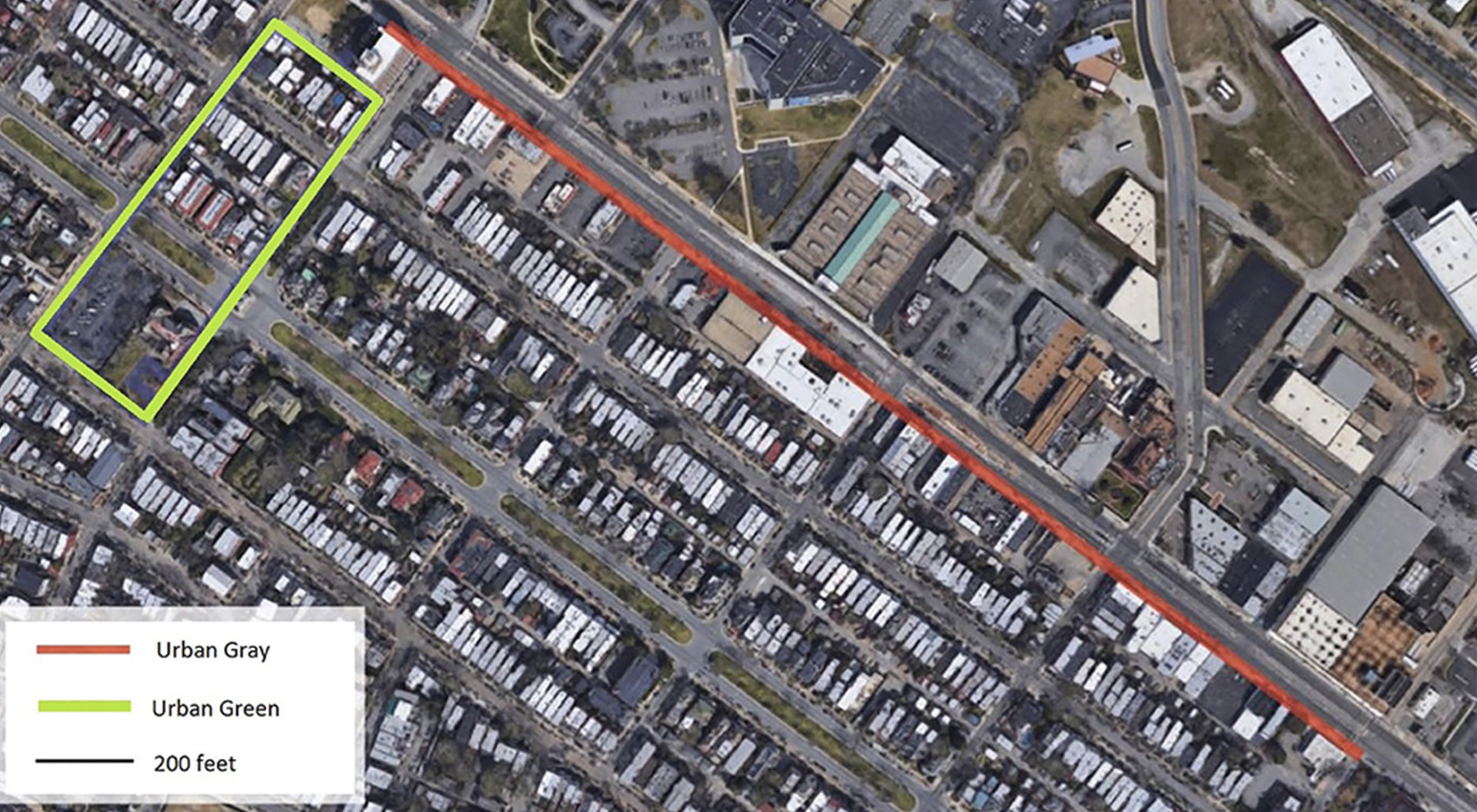
Older Americans confront a range of inhospitable conditions on a daily basis that challenge them to complete errands, see friends, or even just go for a walk. As we all emerge from the post-COVID malaise and resume our usual levels of mobility, we have a chance to rethink not just our movements, but the daily rites and journeys of our elders, too. A big part of that is potholes and uneven pavement, but for researchers at the University of Virginia, another big part is the sensory conditions of their everyday lives.
Jenny Roe is the Director of the Center of Design and Health at UVa’s School of Architecture, which aligns health equity, mental health, and natural systems in 13 projects including one that correlates mental wellbeing and city life called “Neuro-urbanism” and one that seeks to redefine “community resilience.”
Roe and her colleagues began a research initiative two years ago to determine if seniors living adjacent to busy and polluted roads are at greater risk from reduced cognitive navigational ability than seniors living on quieter, more bucolic streets. Their project, Enabling Street Mobility for Elders (ESME), established a protocol for measuring ambulatory heart rate using body sensors against environmental data among a group of seniors out for a series of walks in Richmond. They reported that real-time stress responses over short time periods in older populations can be measured, and that there are marked differences when the walk is along a less desirable and more stressful “urban-gray” route or a more desirable and less stressful “urban-green” route.
“There are intergenerational differences in life-stressors as well as physical and mental changes throughout the lifespan,” says Roe. “For older adults in particular, there are risk factors that come with lack of exercise that we are aiming to avoid. This is particularly important right now, since COVID-19 has imposed mobility restrictions on so many people.”
Based on the data, Roe’s research team recommended expanded access to urban green spaces as one way to provide psycho-physiological wellbeing in a way that is realistic and aligned with the direction that many cities are taking now in developing more respites. The next step is to extrapolate this protocol to test other age groups. Right now, the team is working to measure urban-gray and urban-green route responses in 18-70 year olds in Richmond to further understand how mobility, accessibility, and physiology are related, and why we respond to stressors differently based on age and environment.
About the Author
William Richards is a writer and editorial consultant based in Washington, D.C. From 2007 to 2011, he was the Editor-in-Chief of Inform Magazine.
